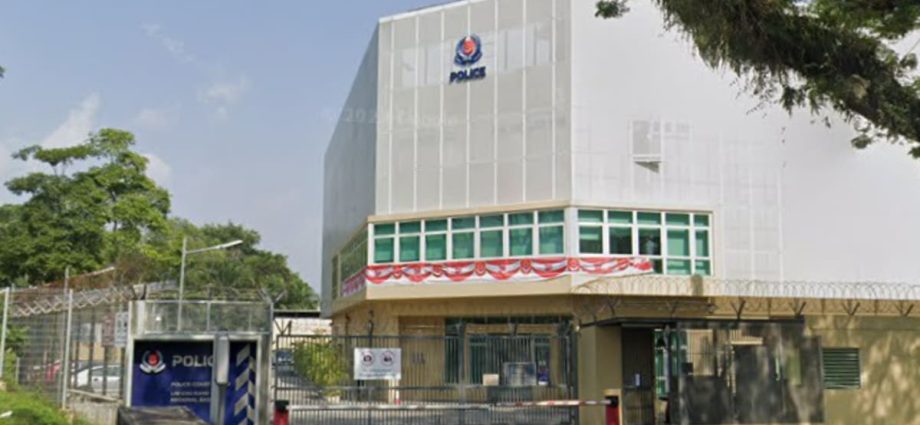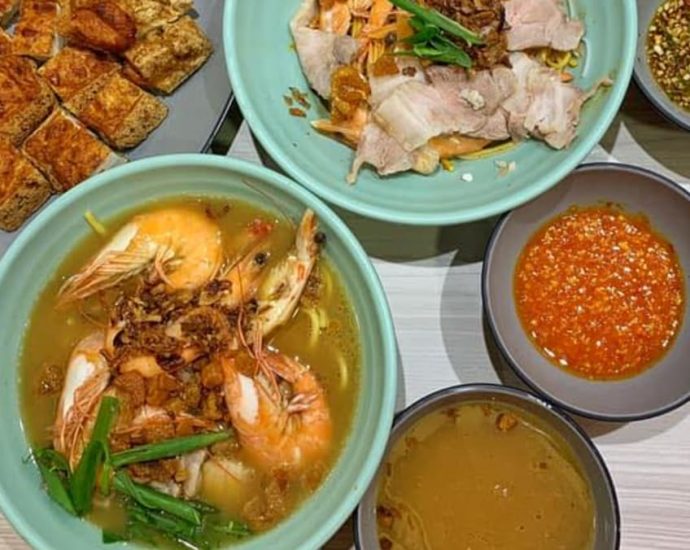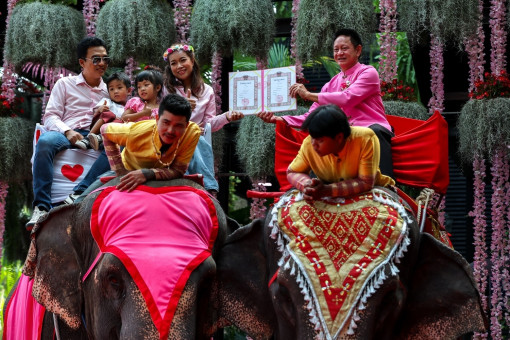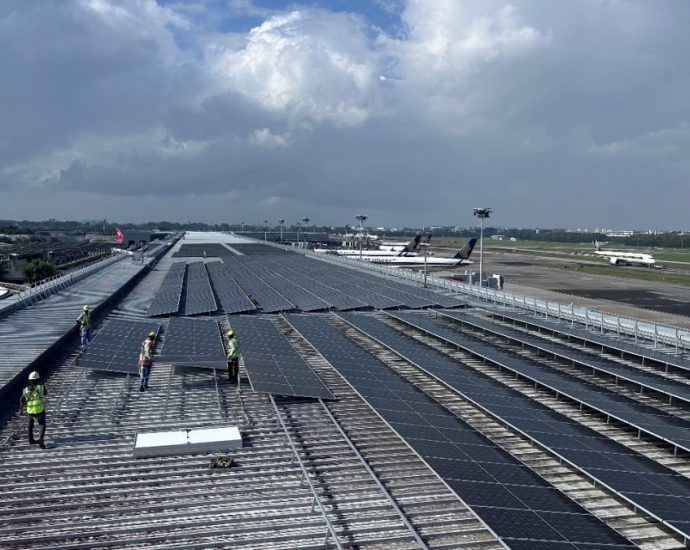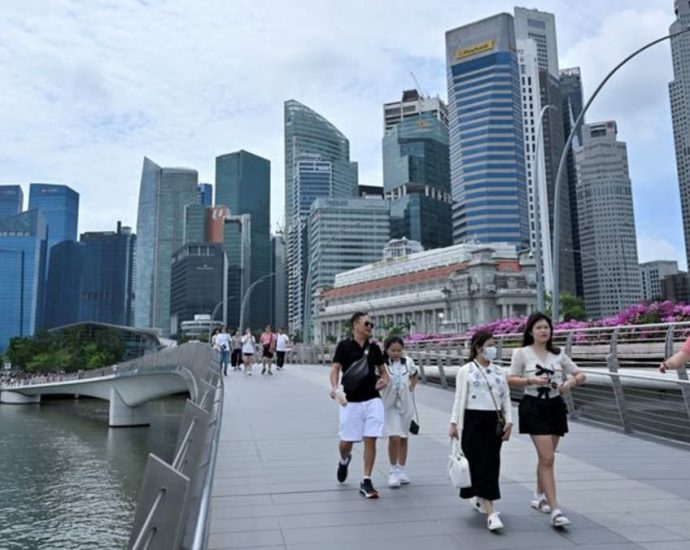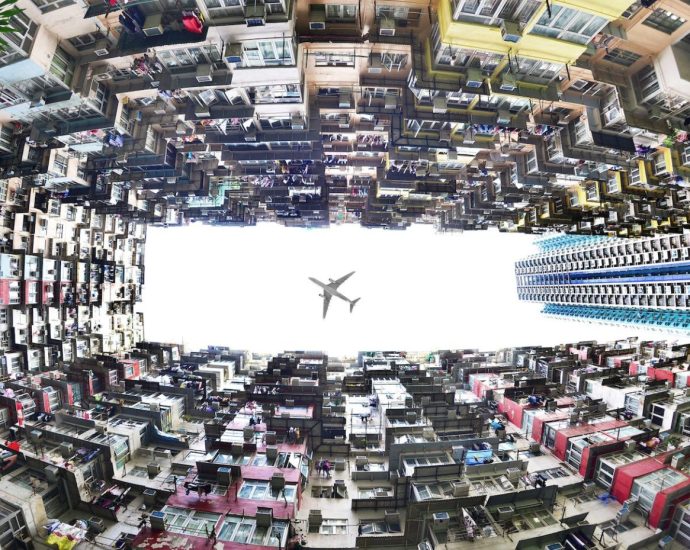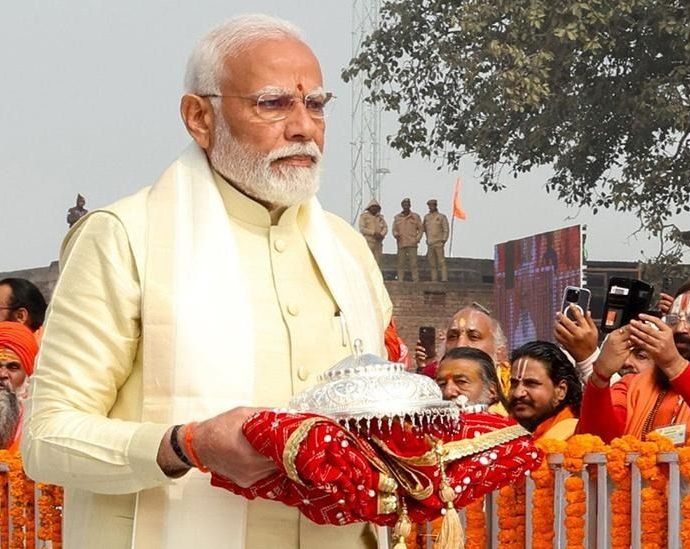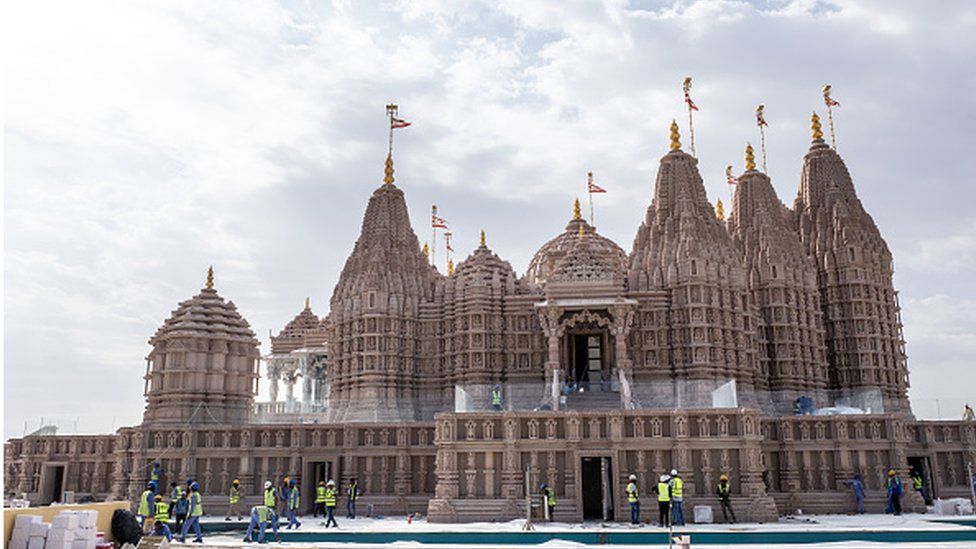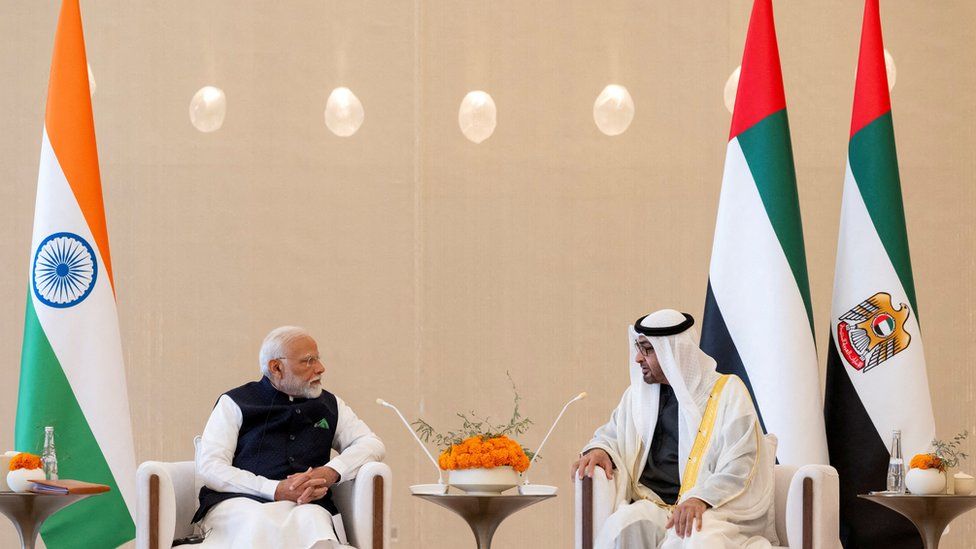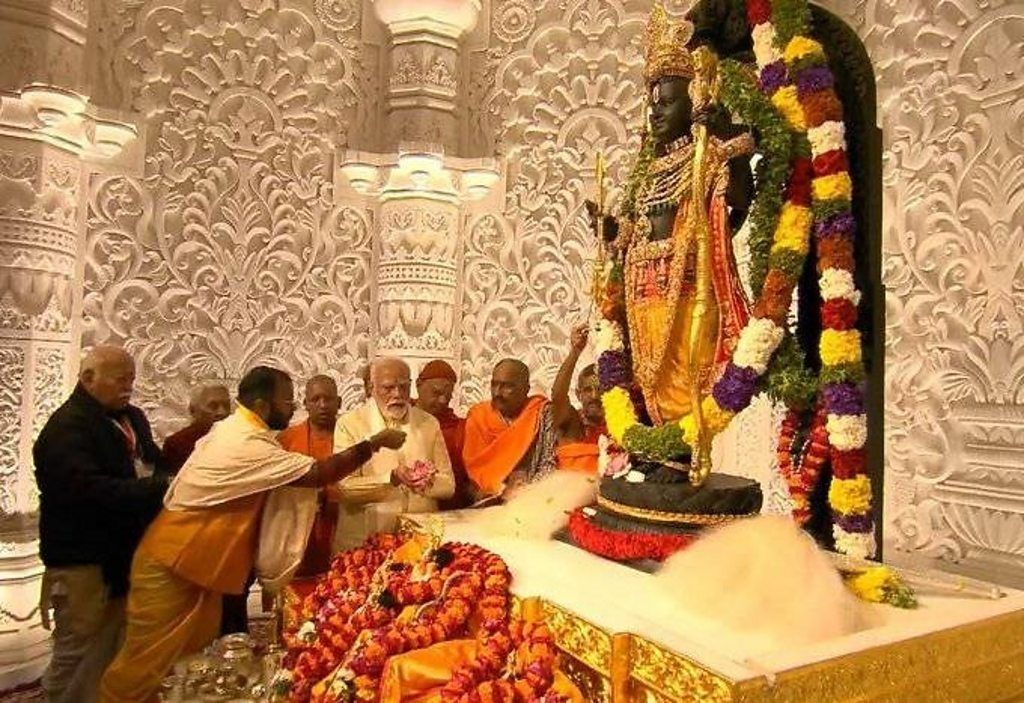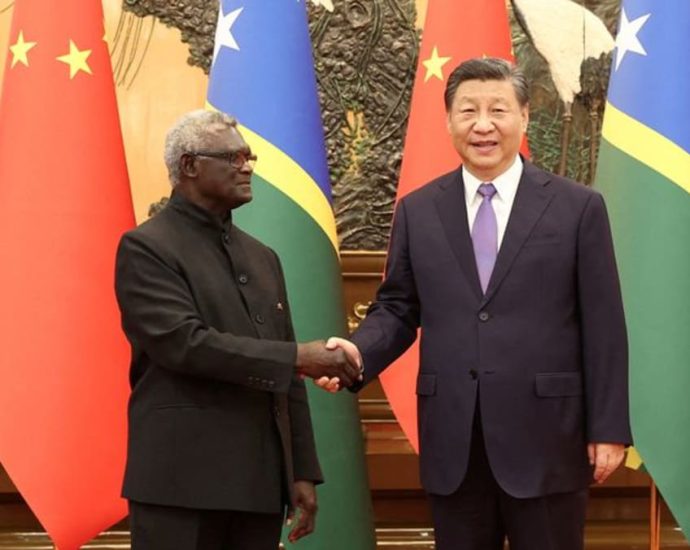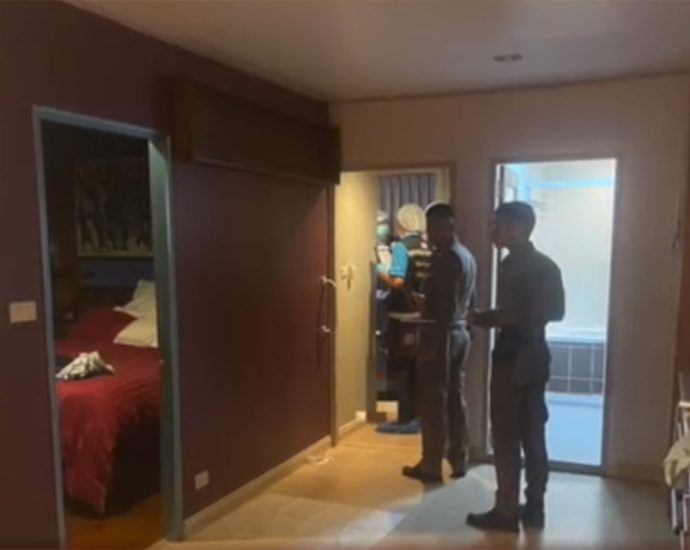4 men jailed for stealing 100 litres of petrol from Police Coast Guard vessels

SINGAPORE: Four technicians who were hired to maintain Police Coast Guard (PCG) patrol vessels instead worked together to steal 100 litres of petrol from the craft.
They were sentenced to jail on Wednesday (Feb 14) and ordered to pay compensation for the petrol, which was worth about S$183 (US$136).
Muhammad Khairullah Abdullah, 31, was jailed for five weeks and ordered to pay S$101.65.
Muhammad Shahzwan Hissam, 33, and Muhammad Rizuan Leman, 34, were each jailed for four weeks and ordered to pay S$54.91 each.
Alden Teo Chee Kiat, 32, was jailed for three weeks and ordered to pay S$45.76.
The four Singaporean men pleaded guilty to one count each of stealing the petrol with common intention. With the exception of Teo, all of them had another charge taken into consideration.
The court heard that the four men were service technicians employed by Lungteh Shipbuilding, a company contracted by PCG to carry out maintenance works on patrol craft berthed at PCG’s Lim Chu Kang Regional Base.
They were to clean and service the engines and generators of the PCG craft in a workshop inside the base, and the cleaning process involved the use of a manual pneumatic fluid extractor to extract dirty oil residue from the engines.
The petrol from the PCG craft belonged to PCG and was government property, the prosecution said.
While the men were working on the craft, they realised that they operated on petrol and decided to use the manual pneumatic fluid extractor to siphon the petrol for their own use.
On Jul 3, 2023, the four men reported for work – Teo drove his car while the rest rode their motorcycles.
They used the manual pneumatic fluid extractor to siphon about 40 litres of petrol from the PCG craft.
They stored 30 litres in a jerry can and 10 litres in the manual pneumatic fluid extractor before hiding the stolen petrol in the workshop.
After this, they distributed the stolen petrol among themselves and used it to top up their own vehicles’ fuel tanks.
After this success, the men stole petrol again in the same way on another three occasions in July 2023. The PCG vessels they stole from were active-duty PCG craft.
In early August 2023, the branch manager of their company noticed petrol inside the manual pneumatic fluid extractor and lodged a police report.
The prosecutor noted past convictions for Shahzwan and Khairullah – for voluntarily causing hurt in 2008 and being a member of an unlawful assembly in 2016 respectively.
Deputy Public Prosecutor Suriya Prakash cited the case of Juarimy Mohamed Hashim, where the accused stole PUB manhole covers.
In that case, the court said certain forms of theft are viewed more seriously because of public interest, such as the theft of public property.
“There is similar public interest in the theft of government property since public funds would have been used to purchase the government property,” said the prosecutor.
Mr Prakash said the four men had access to the PCG craft, housed within a police base with restrictions on entry, because they were entrusted to service the craft.
By stealing the petrol while performing servicing, they breached this trust.
However, he noted that the value of the stolen petrol was relatively low.
For theft with common intention, the men could have been jailed for up to three years, fined, or both. As their charges were amalgamated, with several instances of the same offence grouped together in each charge, they could have faced up to double the punishment.

